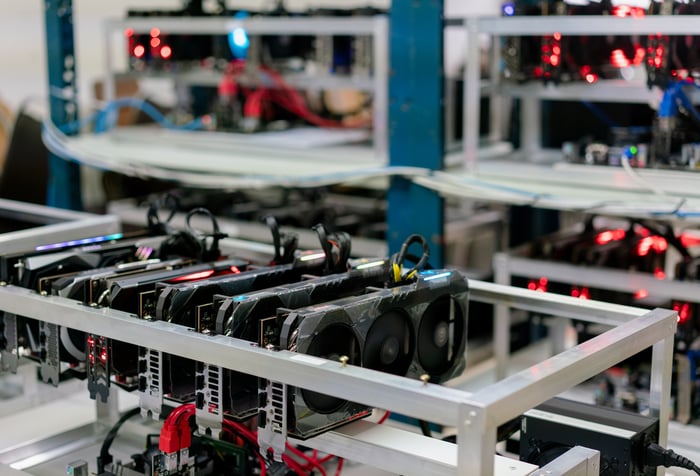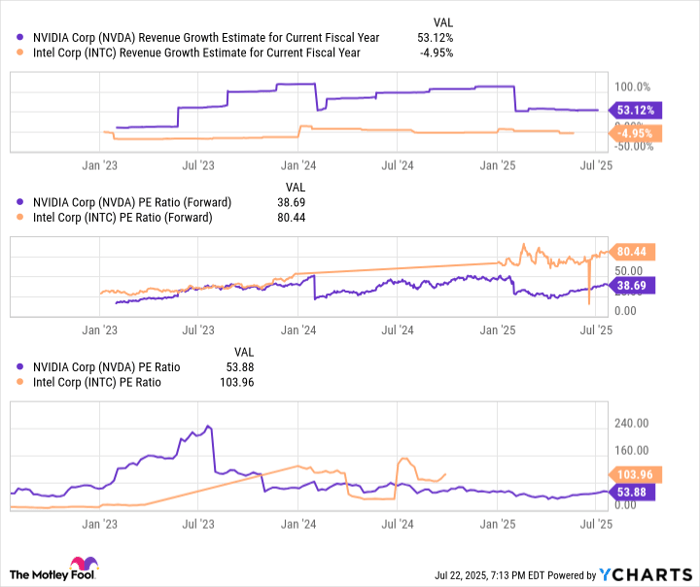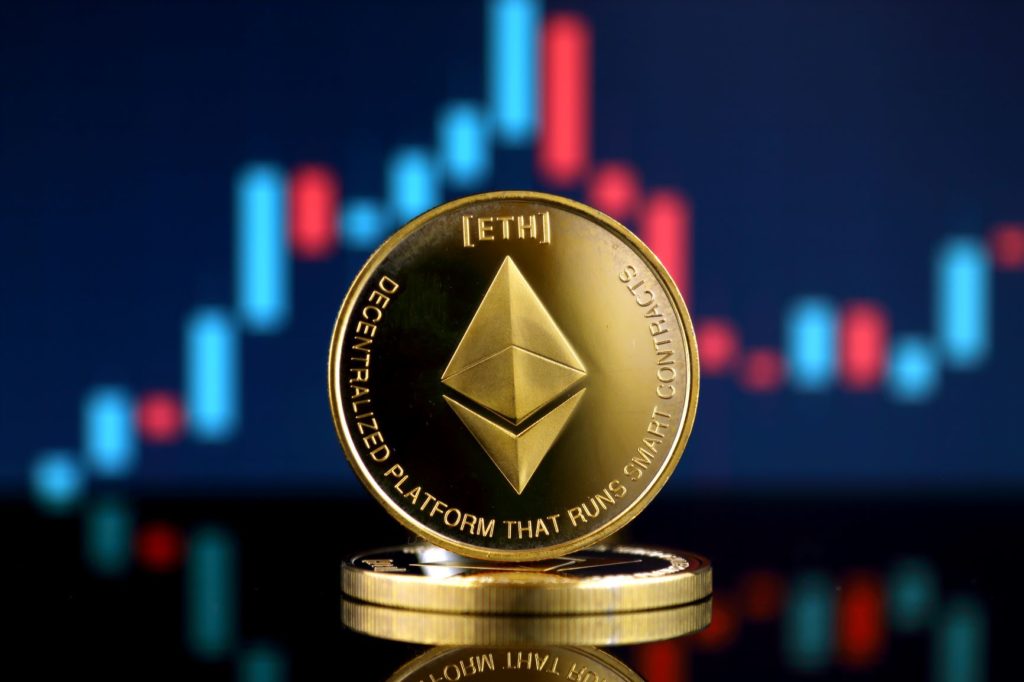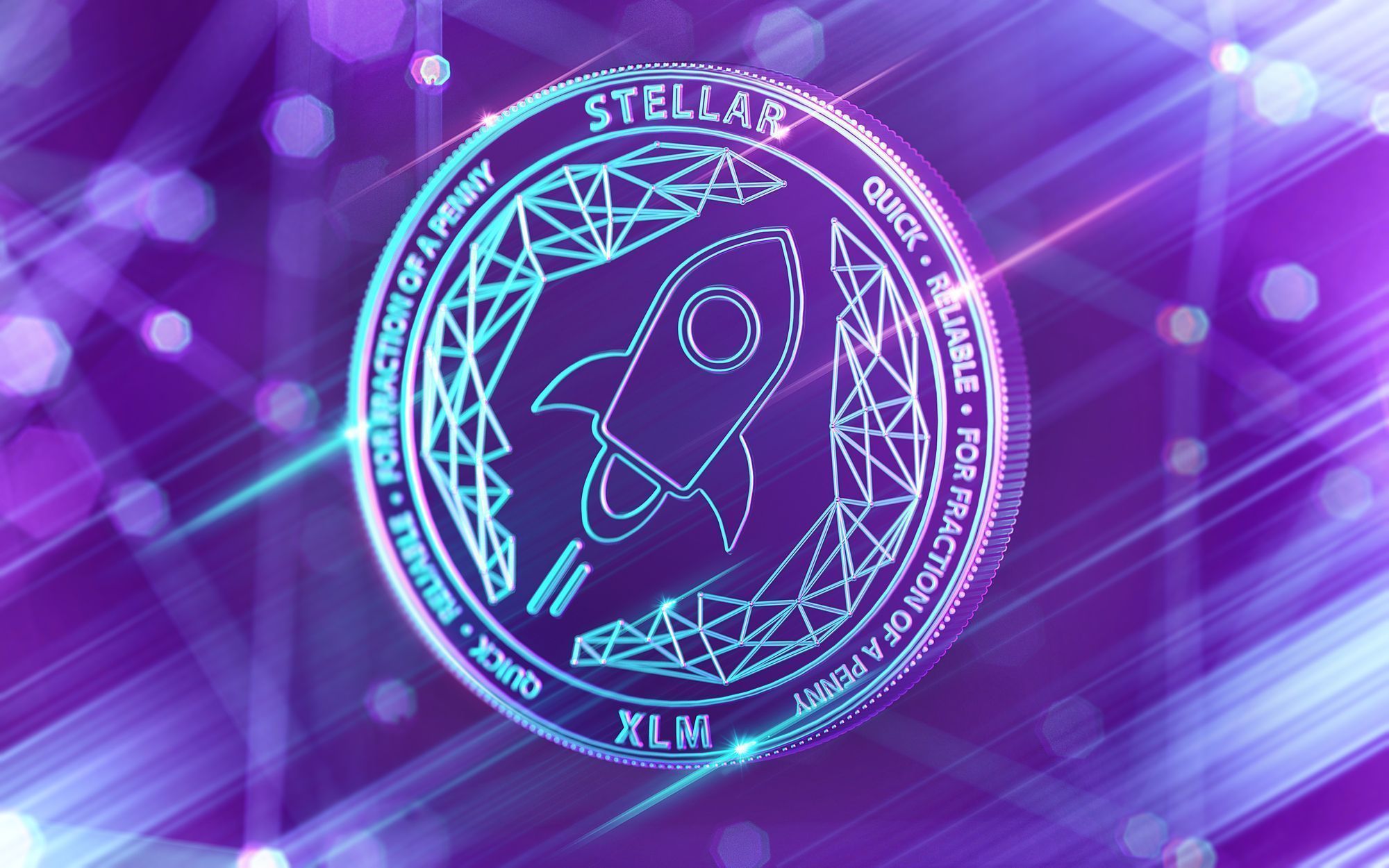This Artificial Intelligence (AI) Stock Has Big Potential and a Surprisingly Low Price

Key Points
Artificial intelligence (AI) spending could reach $4.8 trillion by 2033, and this company stands to benefit.
It's a major AI player and still trading at an attractive valuation for long-term investors.
If you're looking for massive growth potential, check out artificial intelligence (AI) stocks. According to the U.N., the AI market is set to explode from a $189 billion valuation in 2023 to nearly $5 trillion by 2033. However, despite these massive projections, one of the most popular AI stocks on the market today remains surprisingly cheap.
This popular AI stock is cheaper than you think
Looking for an AI stock that can directly benefit from a massive jump in demand over the next decade and beyond? Check out Nvidia (NASDAQ: NVDA). While many investors are already familiar with the company, you may not realize how cheap the stock actually is. Fortunes have already been made with Nvidia stock. But there's still plenty of room left to run.
Where to invest $1,000 right now? Our analyst team just revealed what they believe are the 10 best stocks to buy right now. Learn More »
Before we jump into Nvidia's surprisingly cheap valuation, let's quickly review what makes this stock so special.
Nvidia is the largest GPU stock in the world. Its hardware powers data centers worldwide -- data centers that AI developers rely on to build, train, and deploy their models. End users, too, rely on data centers to use AI services, putting Nvidia's GPUs at the center of the AI value chain. Recent estimates suggest that the company may have a market share of 90% or more for GPUs designed for AI use cases.
How did Nvidia get so dominant? According to William Blair analyst Sebastien Naji, Nvidia invested heavily to develop "the broadest ecosystem" of software tools and developers, which essentially allows it to control both the hardware and software components of its GPUs. "And so it's just so much easier to build an application, build an AI model on top of those chips," Naji adds.

Image source: Getty Images.
Nvidia got a lead on the AI GPU market through early investment. Its software focus, meanwhile, allowed users to customize their chips, creating a "stickiness" to its products. Switching to a competing chip isn't just a matter of hardware, but also software integration, providing Nvidia with a durable moat around its business model.
Nvidia's sales have grown in the heavy double digits for years. And its gross margins lead the industry. And yet, as we'll see, shares remain surprisingly cheap.
Is now the time to invest in Nvidia?
On the surface, Nvidia stock looks expensive. Shares trade at nearly 30 times sales -- a huge premium for a multitrillion-dollar stock. But on a profit basis, the situation improves dramatically.
Yes, Nvidia shares are trading at 54 times trailing earnings. But because sales are growing so quickly, it's important to look at the company's forward valuation. Based on what the company is expected to earn over the next 12 months, shares trade at just 39 times forward earnings.
Meanwhile, Intel, another chipmaker, is struggling to remain profitable. Its revenues are expected to fall by around 5% over the next fiscal year. The firm failed to invest in the AI opportunity, and the company is struggling to remain relevant in the next-gen GPU space. By comparing Intel and Nvidia on some key metrics, we can easily ascertain Nvidia's core strengths. Nvidia is positioned well for the near term and the long term. Intel's fate, meanwhile, remains uncertain for both time frames.
NVDA Revenue Growth Estimate for Current Fiscal Year data by YCharts
Compared to competitors like Intel, Nvidia is doing quite well. But is 39 times earnings actually a "bargain" valuation? It is if you keep doing the math. The AI market is expected to continue growing by 20% to 30% annually for nearly a decade. With the S&P 500 (SNPINDEX: ^GSPC) trading at 30 times earnings, it won't be long until Nvidia stock trades below the general market based on today's trading price.
The key here is patience. If you're willing to hold Nvidia stock for the long term, high sustained growth rates will quickly eat into the up-front valuation premium, making the stock a bargain in hindsight. As with any high-multiple stock, expect plenty of volatility along the way. But if you're betting on AI stocks for the long haul, Nvidia remains surprisingly cheap for patient shareholders.
Should you invest $1,000 in Nvidia right now?
Before you buy stock in Nvidia, consider this:
The Motley Fool Stock Advisor analyst team just identified what they believe are the 10 best stocks for investors to buy now… and Nvidia wasn’t one of them. The 10 stocks that made the cut could produce monster returns in the coming years.
Consider when Netflix made this list on December 17, 2004... if you invested $1,000 at the time of our recommendation, you’d have $636,628!* Or when Nvidia made this list on April 15, 2005... if you invested $1,000 at the time of our recommendation, you’d have $1,063,471!*
Now, it’s worth noting Stock Advisor’s total average return is 1,041% — a market-crushing outperformance compared to 183% for the S&P 500. Don’t miss out on the latest top 10 list, available when you join Stock Advisor.
*Stock Advisor returns as of July 21, 2025
Ryan Vanzo has no position in any of the stocks mentioned. The Motley Fool has positions in and recommends Intel and Nvidia. The Motley Fool recommends the following options: short August 2025 $24 calls on Intel. The Motley Fool has a disclosure policy.






